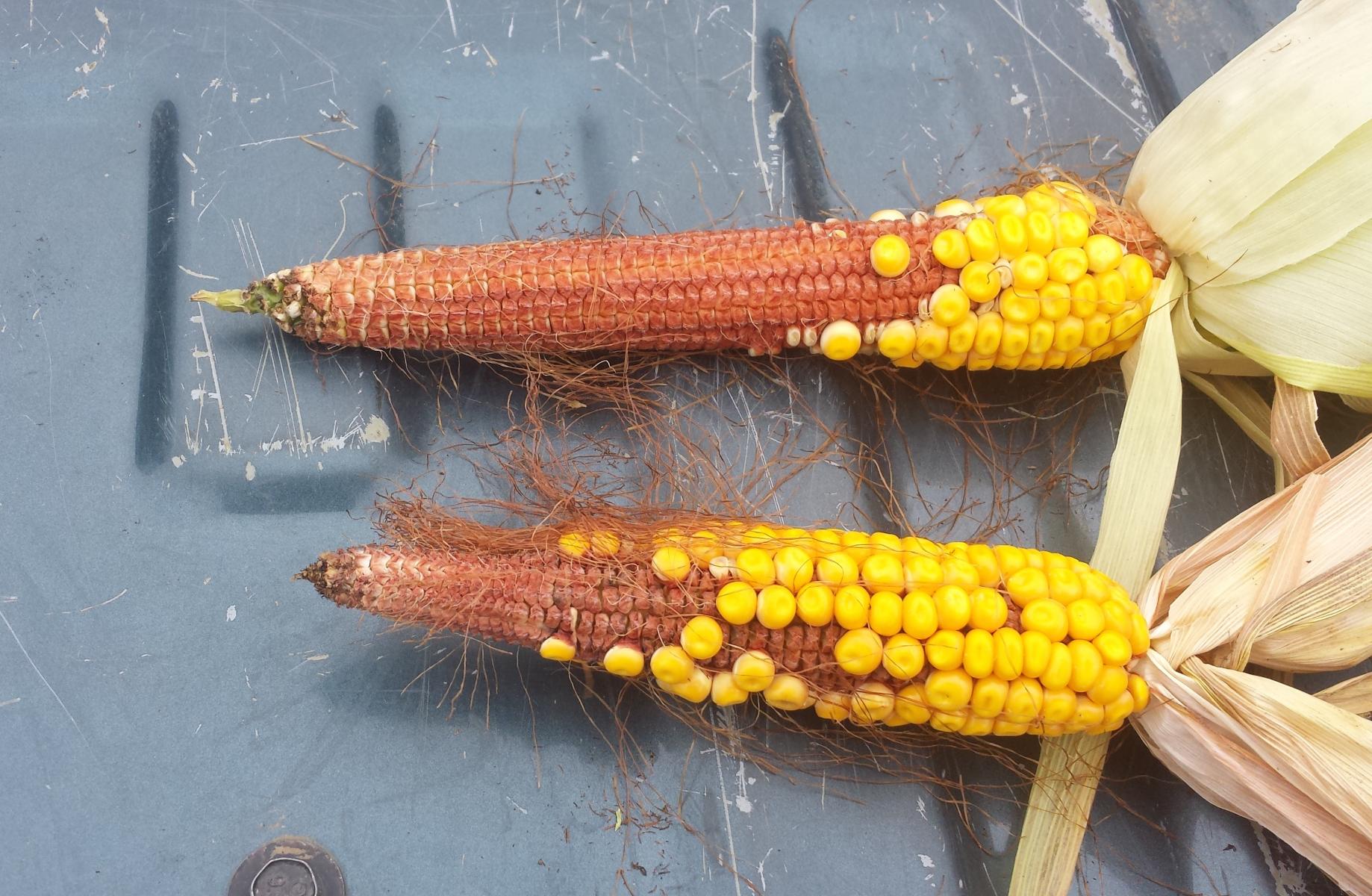| Cultural Practices |
 If an abundance of adult CRW beetles are present a, well-timed sprays for adults has been suggested to to eliminate the need for soil-applied insecticides the following spring. In this situation, an insecticide is sprayed to control the female adults before they lay eggs (often requiring more than on application). **This management strategy alone is not especially effective in controlling next year's corn rootworm populations. Thus, we do not recommend controlling adults as a single strategy for controlling offspring.**
If an abundance of adult CRW beetles are present a, well-timed sprays for adults has been suggested to to eliminate the need for soil-applied insecticides the following spring. In this situation, an insecticide is sprayed to control the female adults before they lay eggs (often requiring more than on application). **This management strategy alone is not especially effective in controlling next year's corn rootworm populations. Thus, we do not recommend controlling adults as a single strategy for controlling offspring.**Another concern is that under high pressure significant damage can result from adults feeding on the silks and preventing proper pollination of the ear. This is damage is known as silk clipping and it may necessary to make treatments to protect against silk clipping. When treating for adults it is crucial to have the timing right, this is why it is important to have effective scouting and assessment procedures.
Treating for the adults can be an effective management tool, however, it is not without issues. Corn rootworm movement can make additional treatments necessary during the season or even make soil treatments necessary the following year. With each additional insecticide application the risk for resistance development increases. This is especially problematic with the western corn rootworm. It has a history of developing resistance to not only insecticides, but other types of control measures as well. With all of the additional applications and the uncertainty that can be associated with them it becomes difficult to determine when there will be an actual economic benefit to an application.
Another issue of concern is that treatments for adults during pollen shed can pose a significant threat to pollinators, especially if not timed properly. Pollinators, as well as other beneficial insects are adversely impacted by pesticide applications. It is necessary to take into consideration an application will have on beneficial organisms as well when making chemical application.
| Cultural Practices |